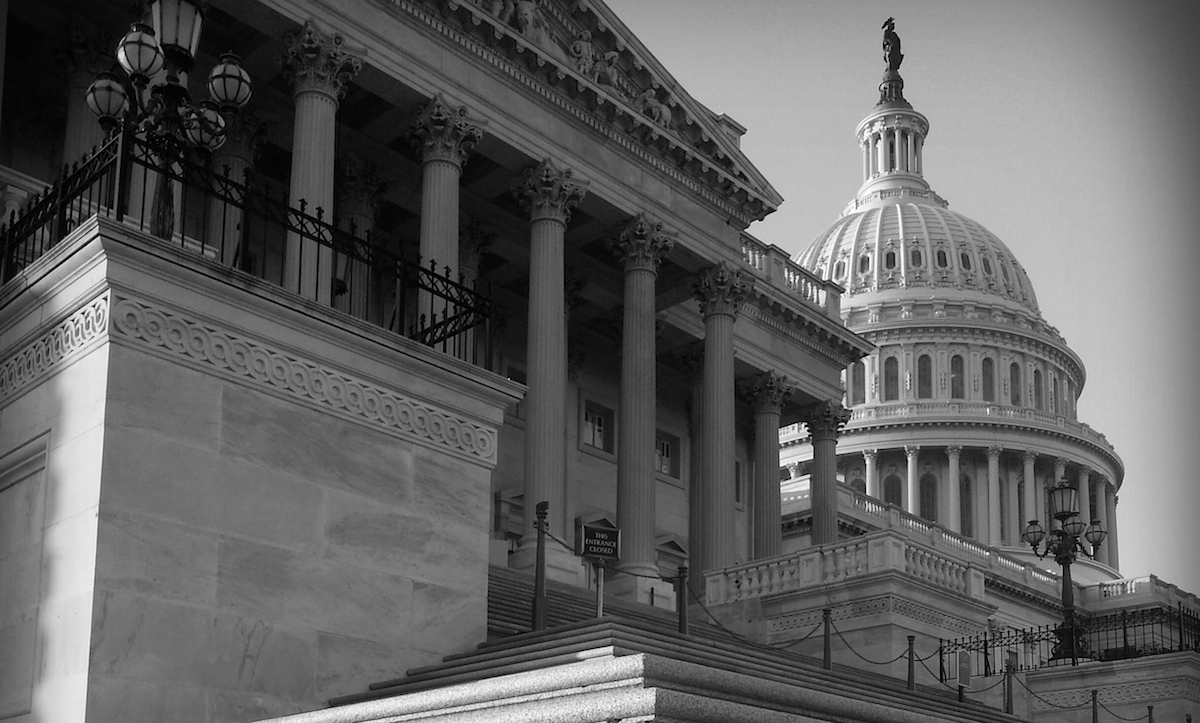WASHINGTON – On Thursday, the House passed a budget proposal authored by Rep. Paul Ryan, R- Wis., which cuts federal spending by $5.1 trillion over the next decade. It sounds like a big deal, and it is – but it might not be as important as you think.
So what is a budget resolution anyway?
It’s a nonbinding blueprint for federal spending, essentially. It sets a limit for total spending in the fiscal year beginning Oct. 1, estimates how much the government will collect in taxes, and sets spending caps for committees.
The president does not sign it, so it does not become law. Though it is nonbinding, it brings some discipline to spending in the coming year by providing guidelines. But really, the budget doesn’t mean as much as you might think.
So how is a budget really put together?
It starts with the president. Every February, the administration releases a proposed budget. But the power of the purse lies with Congress, so in the end the White House budget is just a proposal.
Congress, however, uses that spending plan to build its own resolutions, so lawmakers cannot ignore it entirely. In a perfect world, the House and Senate would each write respective budgets – blueprints for spending, that is — and a joint conference committee would eventually reconcile the two plans. But that process isn’t always carried out to conclusion – especially when Republicans control one chamber and Democrats the other.
What are the cuts in the Ryan budget?
The Ryan budget proposes $5.1 trillion in spending cuts over the next 10 years. It would repeal the Affordable Care Act, overhaul Medicare to make it voucher-based, and turn over Medicaid to the states. It passed the House Thursday 219-205 – a one-vote majority — with every Democrat and a dozen Republicans voting against it. Not everything is trimmed, though – defense spending jumps $483 billion over 10 years. Democrats also say the budget includes the largest tax cuts ever for the wealthy.
Are the cuts in the budget real?
The Ryan budget passed the House, but has no chance of passing the Democratically-controlled Senate. So the cuts Ryan proposes won’t happen, but they’re certainly important politically. The House budget is an opening salvo in the 2014 mid-term elections.
What happens next?
Probably nothing – at least insofar as budget resolutions are concerned.
That doesn’t mean the government will shut down again. The budget deal that ended the government shutdown last year already outlines spending limits through 2015. And really, the money doesn’t come through the House budget. It comes through the appropriations committees, which lay out the maximum amount a department can spend for the year.
It’s complicated, perhaps needlessly. On the other hand, when you’re dealing with trillions of dollars, you probably don’t want the process to be rash.

